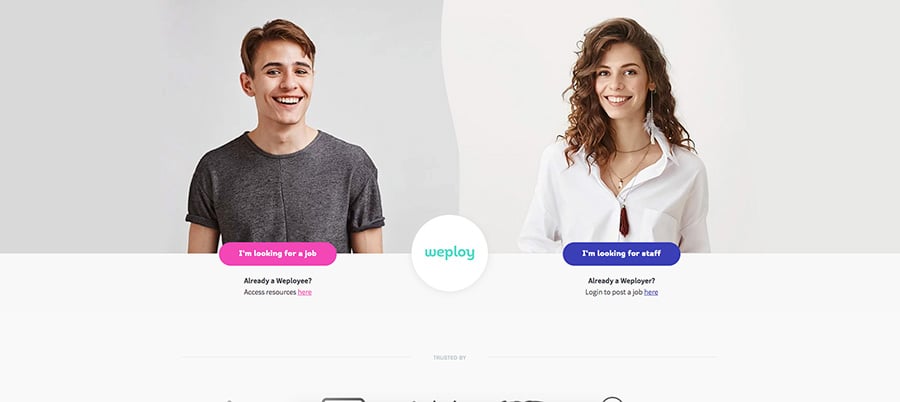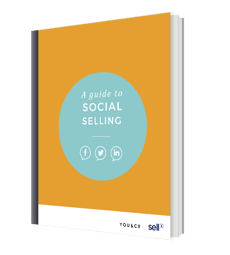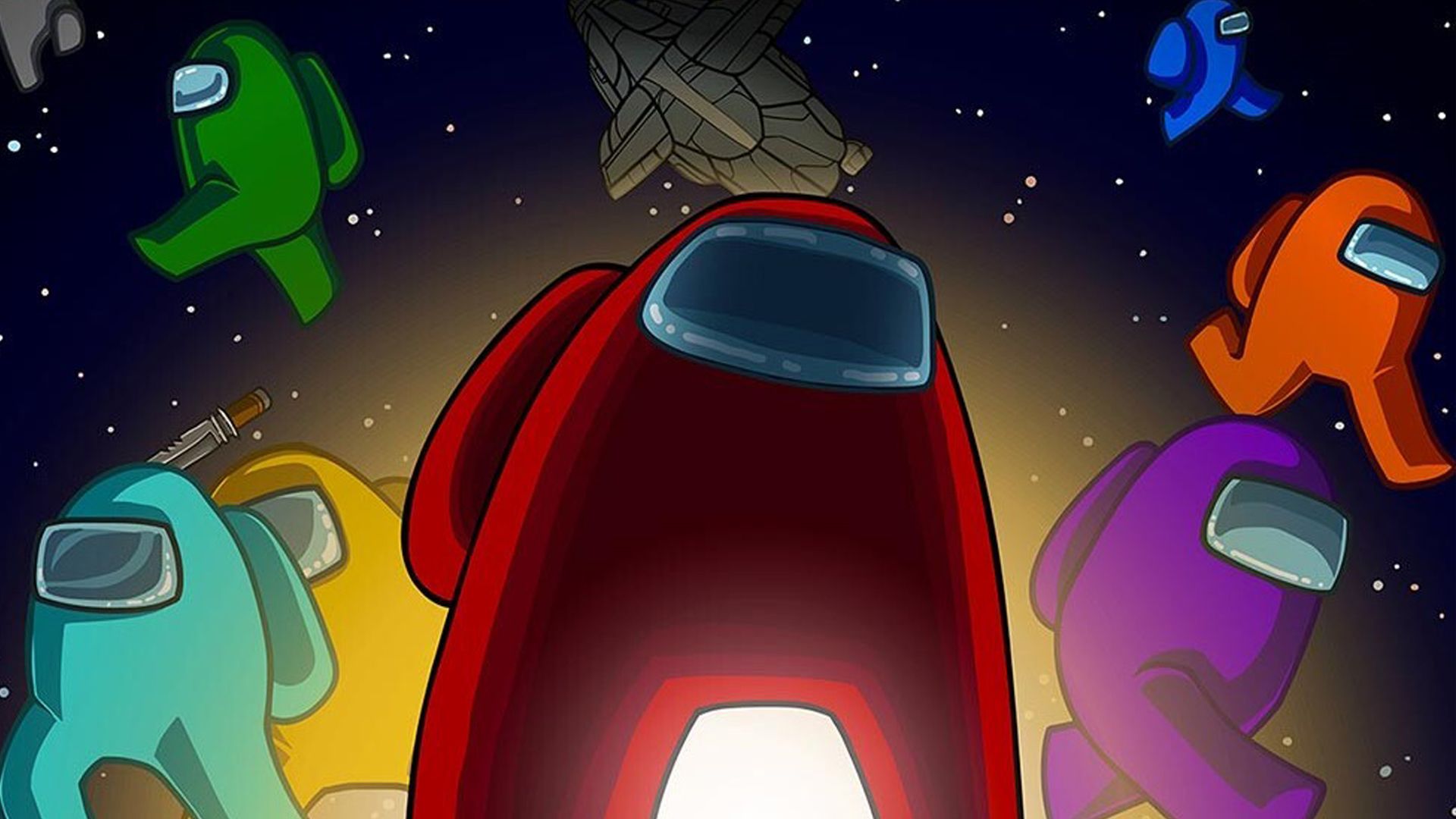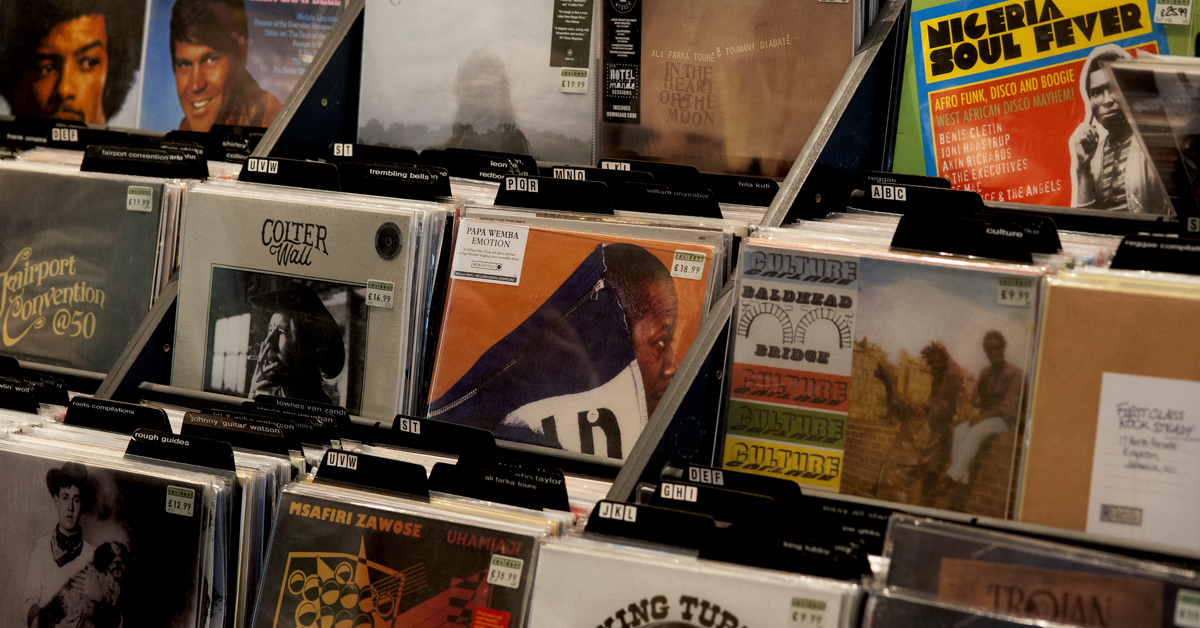As humans, stories are one of our most powerful forms of communication. They’re not limited to words spoken from one person to another; stories span countries, audiences and generations. They can be told on a page, in pictures, television, movies, radio and ― in more recent years ― through online media. No matter what age you are or where in the world you’re from, everyone enjoys a good story.
But exactly why do we love them so much? This is a question that scientists have spent decades trying to answer ― and here’s what they’re finding.
The Origins of Storytelling
Our love of stories spans back to childhood. Our minds initially took them in as fairytales like Cinderella and other bedtime stories created to delight or relax us. As we become more aware of the world around us, stories begin to take the form of those little white lies told to us by adults trying desperately to explain more complex concepts, such as the baby-delivering stork or ‘cat heaven’.
As we grow older, we begin to engage with different kinds of stories ― those with cultural symbolism. These stories are used as a tool to pass on the traditions, belief systems and lessons from our own unique cultural history, and are likely to trace back further than you could ever imagine. One of the most historical examples of this has been the generational passage of stories amongst the Australian Indigenous, known as The Dreaming.
With more than 600 identified language groups, Indigenous history dates back between an estimated 50,000 to 65,000 years. Throughout the disruption of European settlement and enormous changes to Australia’s political culture in more recent history, the spiritual connection fostered through Indigenous Dreaming stories has remained strongly intact. Through song, dance, painting and storytelling, The Dreaming has carried on the accumulated wisdom of Indigenous ancestors and enabled future generations to maintain a link with their cultural heritage.
The Science of Stories
Many years ago, a team of scientists discovered a neurological connection between stories and the area of the brain which is responsible for empathy, compassion and cooperation. These feelings ― controlled by a chemical called oxytocin ― tend to increase when we are told stories which resonate with us.
By taking blood samples of participants before and after listening to a story, the scientists were able to demonstrate that those who heard strong character-based narratives had higher levels of oxytocin in their blood stream immediately after. So what did that mean for everyday life? Well, it meant that engaging narrative could be used to encourage our natural willingness to help others. For instance, imagine how much more likely you are to donate to a charity when you see pictures and hear the stories of those in need?
With the help of brain-imaging, neurologists have also shown that our brains become more active when we are told a story. Normally, the ‘language processing’ region of the brain would light up when we take in new information. However, when information is delivered in the form of a story, other areas become activated as well, such as the sensory cortex and motor cortex. These are the parts of the brain typically triggered when we experience events first-hand.
Whether you’re a parent, teacher, performer, filmmaker, writer, marketer or even academic, you’ll agree that storytelling can have a profound impact on how we live and the decisions we make.
In this TEDx Talk, NYU Masters student Amanda D’Annucci sums it up perfectly when she says:
“Stories can heal, stories can teach, stories can inspire, stories can enlighten and stories can resolve”.
Storytelling as a Form of Communication
Although marketers have plenty of technology available to these days to help build brands, it’s story that’s still the most powerful tool in their arsenal. Consumers have become overwhelmed with businesses trying to sell them something at every turn; but stories provide a way to cut through that noise, connect with us and communicate a message that we’re more likely to hear.
Stories work because they engage our emotions, leaving us open to suggestion. They’ve been used as a way of sharing information since childhood, by entertaining our minds and making us feel (whether it be positive or negative emotions). As we get older, stories continue to deliver information to us effectively ― especially when they are relatable, and people can, on some level, see themselves in the narrative.
Popular children’s films like Finding Nemo work in this way. While on the surface it’s a cartoon about talking fish (and a fun way to entertain the kids on a rainy afternoon), it's also a story about the sense of love and protection a father feels for his son. Obviously nobody relates to being fish, but most fathers watching that film in the cinema alongside their own children would’ve felt a little tug of the heartstrings, as the story resonated with their own sense of responsibility as a parent.
Pixar ― the creative team behind the film ― didn’t achieve that sensation by mistake either. In fact, Pixar movies are well known for their emotive brand of storytelling magic. As writer Meg LeFauve says,
"If you are trying to tell the best story and get into an intimate, personal, vulnerable, authentic moment," she says, "that kind of emotion is going to arise naturally."
Marketing a Brand With Storytelling
So now you will understand why storytelling is such a core pillar of our everyday lives; enchanting us as children, teaching us about life as we get older and even lighting up our brains as we feel for others. But what has this got to do with marketing a business?
Well, given the powerful connection we have to stories, smart brands have begun steering away from traditional marketing strategies and instead focused on storytelling as a way of developing deeper relationships with their customers. The whole point is that there’s no formula to brand storytelling; your unique story will depend on the nature of your business, its history, its values and how it solves a problem for customers.
You can’t create a story for a business through clever copywriting or PR alone. It’s something that develops organically, and filters through every aspect of your brand’s persona and voice. So be mindful that this strategy only works when a brand is confident in who and what it is.
To successfully harness the power of storytelling for your brand, think about how you want customers to feel when they engage with your business ― then work backwards in finding ways to trigger that emotion. A great example of this is the feel good marketing campaign used by McDonald's (also known in the trade as ‘joy marketing’). To combat negative public perception and health concerns about their fast food, McDonald’s adopted the “I’m lovin’ it” slogan ― featuring real-looking people having a great time eating their burgers.
Seems simple, but a strategy like this instantly humanised the brand by using everyday people to show how easily McDonald's fit into their lives. It became relatable to the average diner.
Would you like to learn more about how your brand can connect with customers in a meaningful way?










